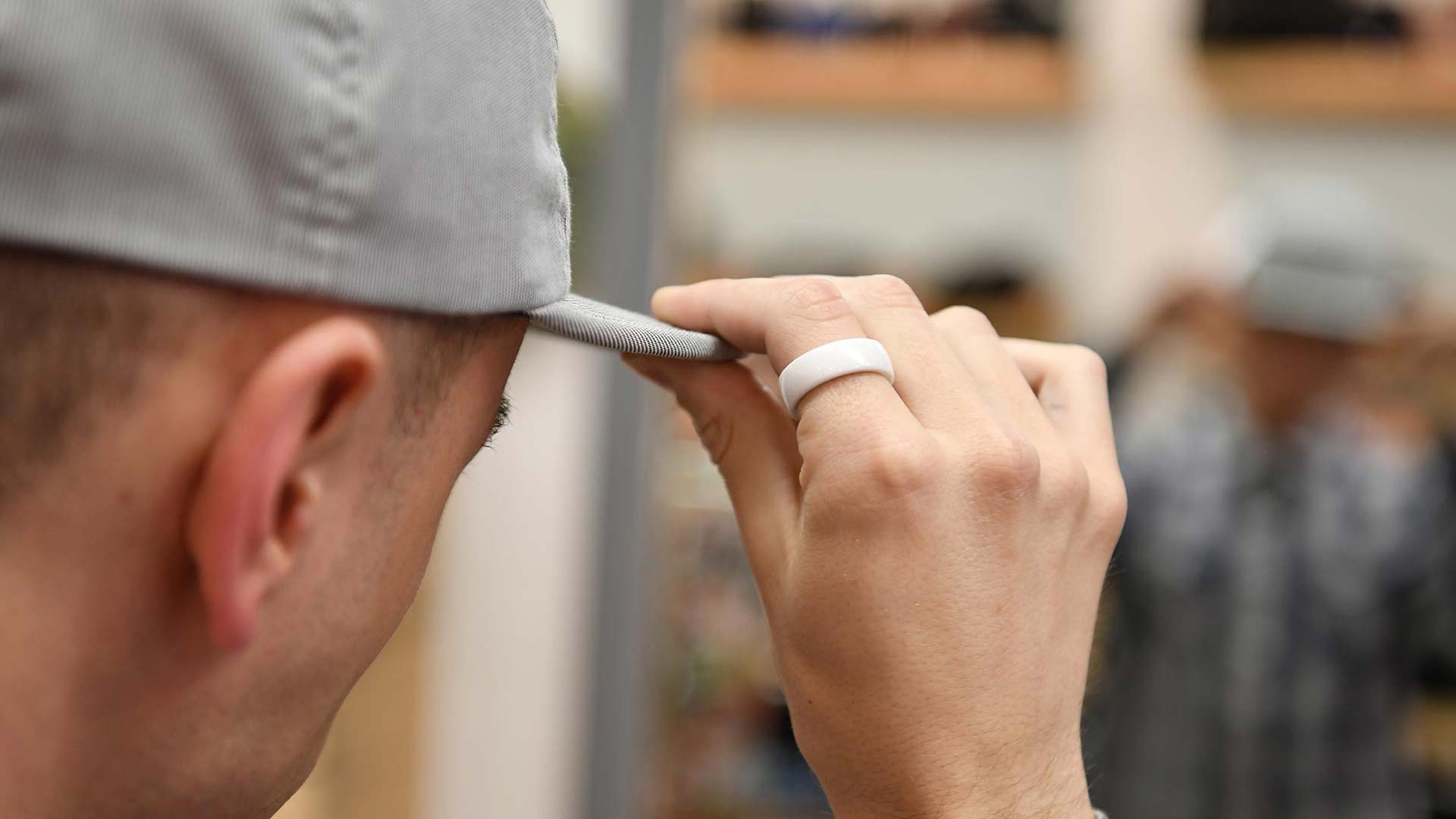Contactless payment wearables are quickly becoming an ever more popular way to pay purchases. It’s easy to see why. You can pay quickly and not touch any public-use keypads and touchscreens at points of sale (POS).
If you have ever wondered which device would be the most convenient for paying — a smartwatch, bracelet, key fob, or smart ring — Belgium’s KBC Bank has the answer. They organized the largest known wearable payment trial. Among the many fascinating outcomes, they found the smart ring the most preferred device.
The popularity of contactless payment wearables is taking off at a record speed right now. The number of wearable payment transactions grew eightfold in Europe in 2019, according to MasterCard.
The ultimate convenience brought by contactless payments spurs wearable paying. And due to the lengthening impact of the pandemic, people would much prefer using wearable payment channels to avoid touching all kinds of public-use surfaces such as the POS terminals.
RELATED: Top 10 Countries for Contactless Payment Wearables
What Are Contactless Payment Wearables?
Wearable payment devices such as rings, bracelets, and smartwatches are based on near-field communication (NFC) technology. In order to work, the device must be linked to the user’s debit or credit card.
Contactless payment wearables are categorized into passive and active devices.
Passive NFC contactless payment devices allow you to pay for small purchases with amounts below the so-called floor limit (around $30-50 depending on the country). You don’t have to enter a PIN code with a passive device. The transaction can be made simply by hovering your device over the payment terminal.
Contactless payments can be made at all payment terminals with the contactless payment wave symbol. In fact, paying with a passive device, such as a smart ring does not differ much from the contactless cards. Passive devices don’t have a battery.
Active NFC payment wearables such as smartwatches and wristbands also work on tap-to-pay principles. They support higher amounts for single payment transactions. However, entering a PIN code is usually required. Active devices require a battery and regular charging.
RELATED: 5 Contactless Payment Rings Compared
Most Preferred Contactless Payment Wearable
KBC Bank conducted a year-long contactless payments trial to 1,000 customers using one of the four NFC-enabled devices — smart ring, bracelet, smartwatch, and key fob.
It turns out smart rings (34%) are the most preferred wearable for contactless payments, followed by smartwatches (21%) and key fobs (18%).
At the beginning of the trial, participants chose their preferred wearable: 413 participants chose the Laks smart ring, 252 chose a smartwatch, 180 chose a contactless key fob, and 155 participants opted for a bracelet. All devices used were linked to each respondent’s personal KBC debit card/s.
The average age of the respondents is 39, and the oldest participant is 94 years old. Of all respondents, 55% are men, and 45% are women. The trial ran from December 2018 until December 2019. Participants were regularly asked for feedback.
Other findings of the trial include:
- 6 out of 10 pilot users carried the wearable with them almost always.
- Half of the users considered convenience as the most important advantage of wearable paying.
- 2 out of 3 users said they would certainly or probably consider buying a wearable.
- More than half would firmly recommend a wearable to relatives and friends.
- A debit card was their primary means of payment, with the wearable in second place, and cash bringing up the rear.
RELATED: 4 NFC Smart Ring Applications That Make Your Daily Life Easier
In Conclusion
Given the long-standing fight against the coronavirus and the dangers that come with it, we can see wearables for contactless payments are bound to become a mainstay. It’s a practical alternative to cash and card payments, avoiding any sort of contacts altogether.
But as KBC’s trial has revealed, contactless payment rings offer the most convenience. It should not be surprising to see more banks worldwide will start supporting wearable devices as a channel for no contact purchases.
Some popular contactless payment rings include Tesla Ring, PAGO, McLear, K Ring, LAKS, and Token Ring. Check out the comparison of contactless payment rings here.

